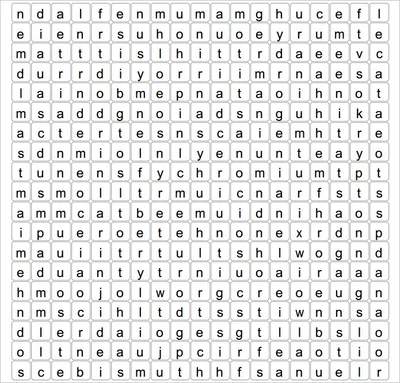<fb:like>
Attention!
None
Welcome to the Open Science Wiki!
| <createbox></createbox> | |
|
Welcome to Open Science Wiki. Contact Us | About this wiki | New pages | Categories | Wiki tutorial | Help pages | |
| Featured Article | |||
Big bang Big Bang theory illustrated GasGas is one of the four basic states of matter. A pure gas consists of individual molecules(like helium, xenon, neon, etc), diatomic molecules (like oxygen, sulphur, hydrogen, etc) or a compound molecule made of different atoms(as in CO2). A mixture of gases contains variety of gaseous molecules like that of air. Read More>> Gravitational ForceGravitational Force is an attraction between two bodies by the virtue of their mass. The force of attraction between two point masses is , where m1 and m2 are the masses of the particles and r is the distance between them. G is a universal constant having the value 6.67 × 10-11 Nm2kg-2. Read More>> |
|||
Image of The Week

Forget about the dark side of the moon—what lies beneath its surface? Clues to mysterious impact crater rings, according to this subsurface map obtained from NASA’s Gravity Recovery and Interior Laboratory mission. The data could provide insight into other comet and asteroid strikes across the solar system.
Search the Elements
We prefer that you open the full sized image as it would be more easy to view.
There is(are) currently one project(s) under work:-
- Newsletter issues have been put under hold
- New Templates have been added









